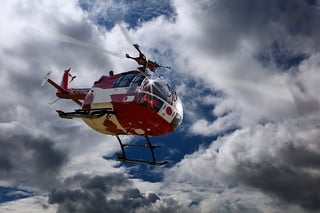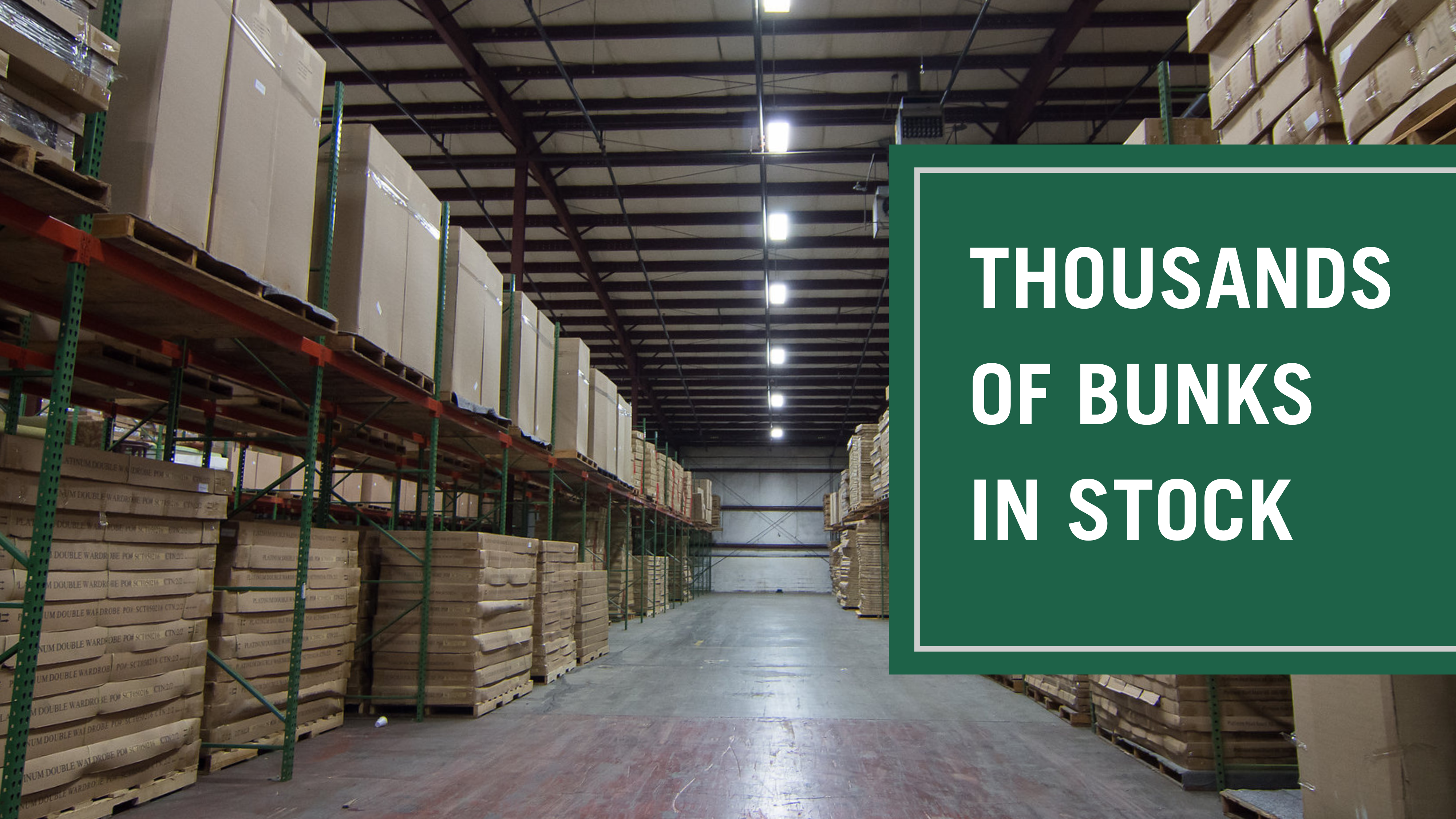 When disasters like Hurricane Harvey cripple a city, one of the most important things an organization can do is provide safe, comfortable overflow housing and bedding for those affected by the devastation.
When disasters like Hurricane Harvey cripple a city, one of the most important things an organization can do is provide safe, comfortable overflow housing and bedding for those affected by the devastation.
It's times like these that shelters and evacuation centers find themselves bursting at the seams. Warehouses, event facilities and churches quickly transition into housing and aid centers.
There's been a lot of emphasis lately about what not to donate in a disaster. As a disaster relief organization, you know what items hinder you from doing your job effectively, and it's great that the general public is starting to get clear on that, too.
But are you clear on what you do need? How do you adequately prepare and equip your homeless shelter for an entire city becoming homeless in a few short hours?
Whether you're an established rescue mission near the area of devastation, a local church opening its doors to offer housing, or an outside organization coming in to provide aid, it's important to ask the right questions so you can provide the right help.
What's the scope of devastation?
Every disaster is different. From power outages to destroyed homes, the effects of hurricanes and other natural disasters vary from one storm to the next.
As an aid center or organization, you need to know (to the best of your ability) what type of devastation you're walking into. Is the disaster a flood or a fire? Has this disaster affected a single city or half of a state? How populated is the area?
If you already have an established shelter in the area where you're offering aid, but you know the need is much greater than what you currently have on hand, start to figure out how many more supplies you can safely fit into your facility. How many more mattresses and cots can you squeeze in? Where can you store food and water?
When considering the scope of devastation, think about how long your organization or shelter will be providing aid. After a few days, or maybe weeks, news crews will move on to the next big story while your organization continues to rebuild the community and helps displaced persons for months or years. That's a reality you need to come to terms with and prepare for.
What do we need EXACTLY?
For people who evacuate their homes, bedding is an obvious need. Cots are especially valuable in disaster situations because they're lightweight, making them easy to ship, set up and move. They also take up less space than a bed does, which means you can fit more of them in one housing center.
Like cots, mattresses are also lightweight and easy to move from one place to another. Be sure to have plenty of blankets on hand as well. That way, you can offer them to not only those staying at your facility overnight but also those passing through for a quick meal or a bottle of water. Bunk beds, good mattresses, and even the FC-360 folding cot make for quality long-term sleep surfaces while the community rebuilds.
Have we shared the right needs with the right people?
While you need cots, mattresses and blankets for overflow housing, it's best not to ask for those things. Instead, ask donors to donate money so that you can buy exactly what you need.
While a family in Wisconsin may have great intentions in sending a box of teddy bears to kids in New Orleans after Hurricane Katrina, that cash they used to buy and ship stuffed animals could have paid for those kids' next meal.
No one understands the need better than those who are actually in the disaster zone, so do your part to spread the word. Take advantage of the hype now to prepare your organization to help for the long haul. Be specific about your needs with journalists who are reporting on the devastation, share on social media how people can help, or partner with a larger relief organization who has the staff and resources you're lacking. Generally, people want to help; they just need to be told how.
Where are we offering aid?
Depending on the climate and culture that exists where you're providing aid relief, your approach can (and should) look very different. For example, for the victims of Hurricane Matthew in Haiti, shoes were not high on the priority list. While many countries Americans consider shoes to be a necessity, other countries see them as a frivolous accessory.
As for the climate, if you're providing relief in Canada during the winter, you'll need to prepare for extremely cold temperatures. If you're headed to Texas in the summer, temperatures won't be quite as extreme.
Also, think about who you're helping. Natural disasters affect young and old, men and women. You may even end up helping family pets, so be prepared to offer aid to survivors of all shapes and sizes.
Where can we get supplies?
When it comes to mattresses, metal beds, bunk beds, cots and blankets for overflow housing, you can get the quality products you need from American Bedding Manufacturers. Not sure what you need? Give us a call at (800) 203-2507, or contact us online. We want to help you settle on the right products when you need them most.


.jpg)
.png)